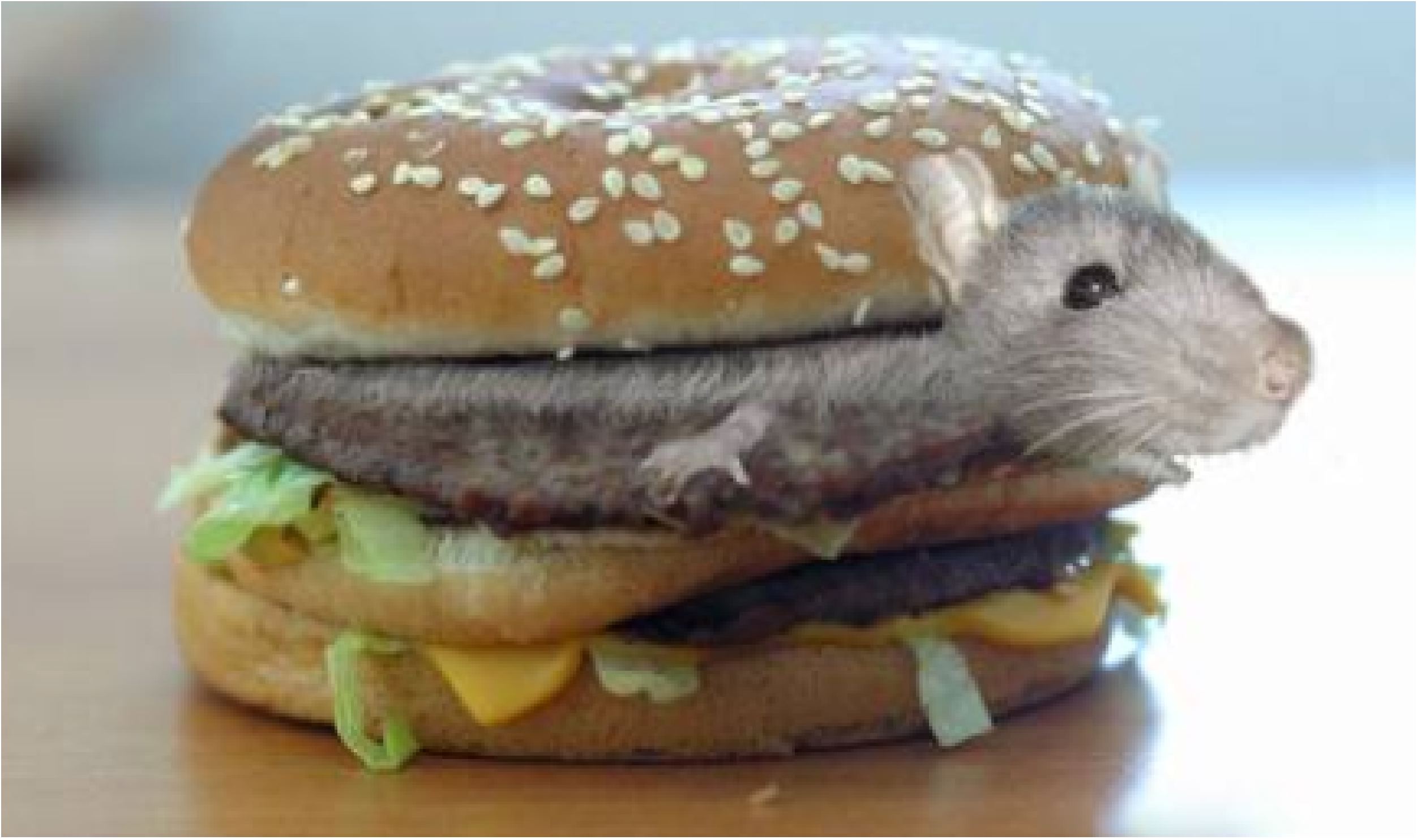Dining centers across the U.S. are finding new ways of saving money by ditching cafeteria trays. Trayless policies have become trendy because of a win-win situation it creates, according to Joseph Spina, the executive director of the National Association of College and University Food Services in an LA Times article.
Cafeterias save money – cutting on food wastes, water and energy usages – and students avoid the freshman 15. The director Kramer Dining Center at K-State, Sheryll Klobasa, acknowledges these benefits, but going trayless would require a mayor rearrangement of cafeteria equipment.
“We’ve talked about it but we are not even close to making the decision despite the advantages,” Klobasa said. “Most of our operations are not set up for that to work well with us.”
The advantages include saving in water and energy bills, since trays don’t need to be washed. Food bills are also reduced because students usually take more food on their trays then what they are going to eat, Klobasa added. For this reason, going trayless could also help students stay away from overeating.
There are also negative aspects to the trayless trend, according to Klobasa. Aside from the inconvenience, they are worried that students would leave more plates and utensils on the tables, because they might need to make more than one trip to return all of them. That would add to the cafeteria’s labor costs.
“The physical arrangement is the biggest barrier for us,” said Mark Edwards, the director of Derby Dining Center at K-State. “We have to use the trays to get plates downstairs to the dishwashing room.” He also believes going trayless would benefit K-State cafeterias.
Regarding safety, trayless policies would probably not increase any already existing food safety risks for the students, according to Edwards. In a self service setting, where hundreds of students are handling the same utensils to help themselves with salads, desserts, and cereal, there is always a risk of contamination. This risk would exist with or without cafeteria trays, Edwards said.
Thinking of the benefits of going trayless, I would say to our cafeteria directors at K-State, just do it!

.jpg)


 Gluten can also be found as a food additive in the form of flavoring, or as stabilizing or thickening agent. In such cases, producers are not required to include the protein on the label because it is classified as GRAS (Generally Recognized as Safe) by the
Gluten can also be found as a food additive in the form of flavoring, or as stabilizing or thickening agent. In such cases, producers are not required to include the protein on the label because it is classified as GRAS (Generally Recognized as Safe) by the 








